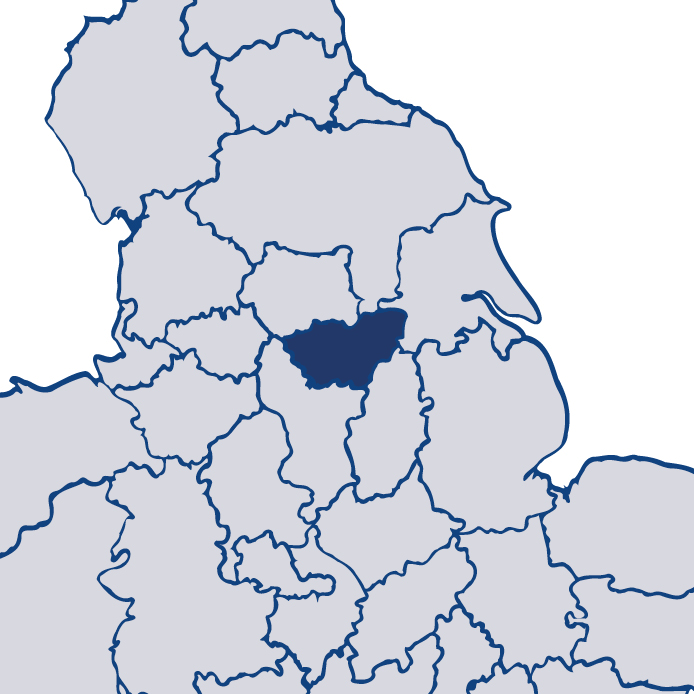South Yorkshire 2017
Read more about South YorkshireThis is HMICFRS’ fourth PEEL (police effectiveness, efficiency and legitimacy) assessment of South Yorkshire Police. PEEL is designed to give the public information about how their local police force is performing in several important areas, in a way that is comparable both across England and Wales, and year on year. The assessment is updated throughout the year with our inspection findings and reports.
The extent to which the force is effective at keeping people safe and reducing crime is good.
The extent to which the force is efficient at keeping people safe and reducing crime requires improvement.
The extent to which the force is legitimate at keeping people safe and reducing crime is good.
HMI's observations
Read my assessment of South Yorkshire Police below.
I am satisfied with most aspects of South Yorkshire Police’s performance in keeping people safe and reducing crime. The force has made progress but needs to address the areas of concern that we have identified.
I am reassured to see improvements since our last assessment, including:
- neighbourhood policing, with progress in preventing crime and problem solving;
- how it investigates crimes; and
- the fairness and respect with which it treats the people it serves.
However, I am concerned about the force’s ability to respond to vulnerable people and I continue to have concerns about:
- its understanding of the skills and capability of its workforce to match resources to demand;
- the lack of alignment between its financial plans, workforce plans and future operating model; and
- the wellbeing support it provides to its workforce.
I am pleased to see that the force has an improved understanding of its demand, although this has yet to fully inform the force’s operating model.
Overall, I am pleased with the improvements South Yorkshire Police has made, and expect the force will continue to make progress in the year ahead.
Effectiveness
How effective is the force at keeping people safe and reducing crime?
Efficiency
How efficient is the force at keeping people safe and reducing crime?
Legitimacy
How legitimate is the force at keeping people safe and reducing crime?
Other inspections
How well has the force performed in our other inspections?
In addition to the three core PEEL pillars, HMICFRS carries out inspections of a wide range of policing activity throughout the year. Some of these are conducted alongside the PEEL inspections; others are joint inspections.
Findings from these inspections are published separately to the main PEEL reports, but are taken into account when producing the rounded assessment of each force's performance.






